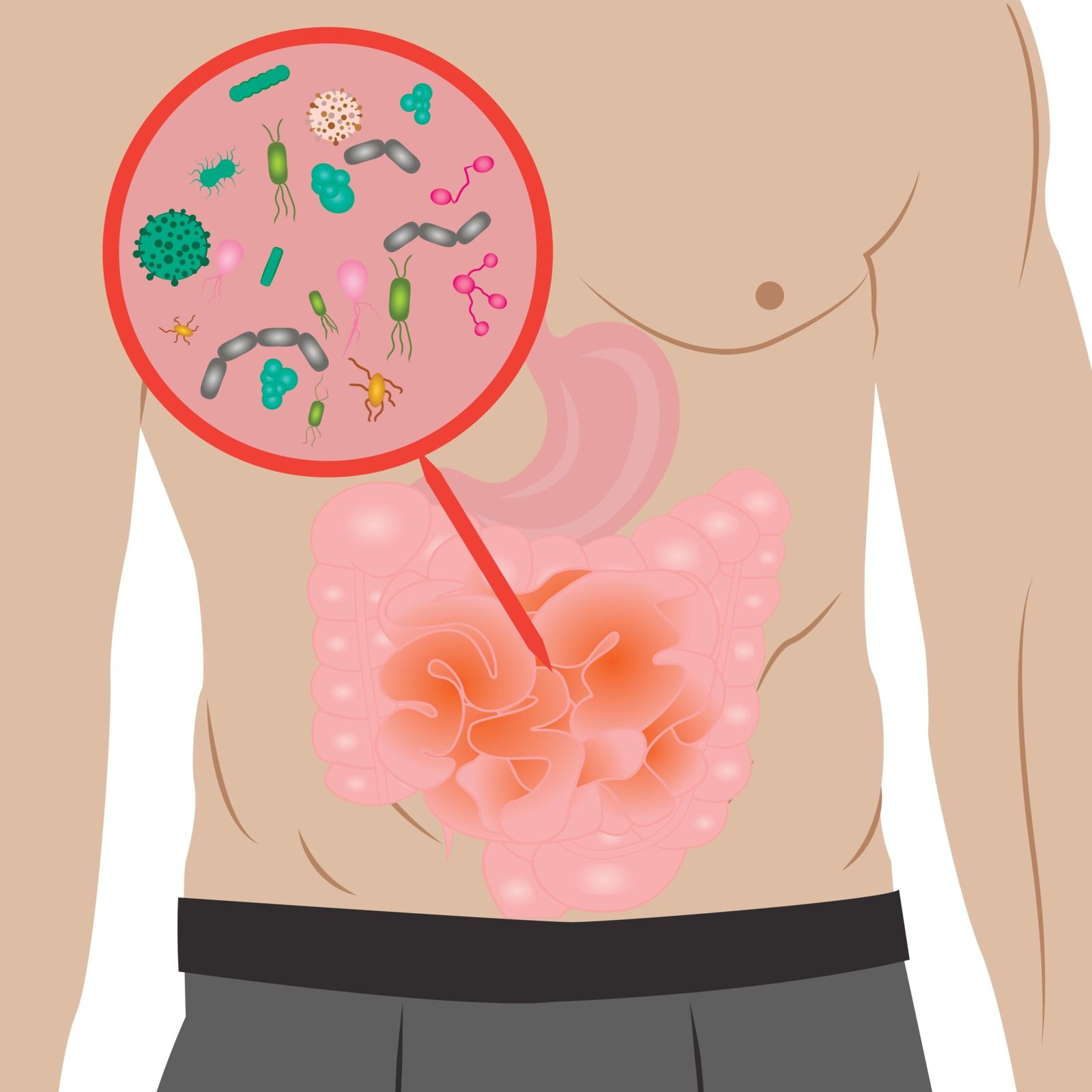What Conditions Are Caused by Type 2 Inflammation?
Type 2 inflammation is a biological reaction that occurs in response to allergens and other irritants. This type of inflammation is characterized by the production of various inflammatory signals and proliferation of immune cells involved in the inflammatory response.
Read on to learn the different conditions caused by type 2 inflammation.
Conditions caused by type 2 inflammation:
1) Asthma
Asthma is a chronic respiratory condition characterized by inflammation of the airways. The inflammation results in swelling and narrowing of the airways, which makes it difficult for air to flow in and out of the lungs. Allergens, such as pollen, dust mites, and animal dander, and other irritants, such as smoke and air pollution, often trigger it.
Type 2 inflammation is a key feature of asthma. It affects up to 51% of patients with uncontrolled asthma and 55–70% of patients with severe asthma. It is characterized by the activation of Th2 cells, which produce cytokines such as interleukin-4 (IL-4), interleukin-5 (IL-5), and interleukin-13 (IL-13). These cytokines promote the production of immunoglobulin E (IgE) antibodies, which bind to allergens and trigger the release of inflammatory mediators such as histamine.
2) Atopic Dermatitis
Atopic dermatitis, also known as eczema, is a chronic inflammatory skin condition that affects approximately 10-20% of children and 1-3% of adults worldwide. The condition is characterized by dry, itchy, and inflamed skin, often in the creases of the elbows or behind the knees. Type 2 inflammation is a major contributor to atopic dermatitis.
3) Chronic Rhinosinusitis with Nasal Polyps
Chronic rhinosinusitis with nasal polyps (CRSwNP) is a chronic inflammatory condition of the nasal and sinus cavities. Type 2 inflammation plays a significant role in the development of CRSwNP. It is characterized by the presence of nasal polyps, which are small, grape-like growths in the lining of the nasal passages. The symptoms of CRSwNP are nasal congestion, runny nose, facial pain, and loss of smell.
4) Eosinophilic Esophagitis
Type 2 inflammation contributes significantly to Eosinophilic esophagitis (EoE), a chronic inflammatory condition of the esophagus. The presence of a high number of eosinophils, a type of immune cell, in the esophageal tissues characterizes the condition. EoE is associated with symptoms such as difficulty swallowing, chest pain, and food impaction. Food allergens like milk, soy, wheat, and eggs often trigger it.
Treatment Options for Type 2 Inflammatory Conditions
Type 2 inflammatory conditions can be challenging to manage, and treatment often involves a combination of medications and lifestyle changes. Treatment aims to reduce inflammation, alleviate symptoms, and prevent complications.
Corticosteroids are often used to treat type 2 inflammatory conditions. They work by reducing inflammation and suppressing the immune response. Depending on the treated condition, they can be taken orally, inhaled, or applied topically.
Lifestyle changes can also help manage type 2 inflammatory conditions. Avoiding allergens and other triggers can reduce symptoms and prevent exacerbations. For example, patients with asthma should avoid exposure to smoke, air pollution, and other irritants. Patients with atopic dermatitis should avoid harsh soaps, fragrances, and other irritants. In addition, maintaining a healthy diet and exercise regimen can help reduce inflammation and improve overall health.
Know more about type 2 inflammation or any other condition affecting the airways from Snot Force Alliance! We bring together doctors and medical professionals to collaborate, innovate, and inspire the best of the medical community involved in treating nose, sinus, and airway conditions. Join the talented group today to learn and share!










© 2020-2025 SNOT FORCE ALLIANCE, INC All Rights Reserved. Privacy Policy | Terms And Conditions



